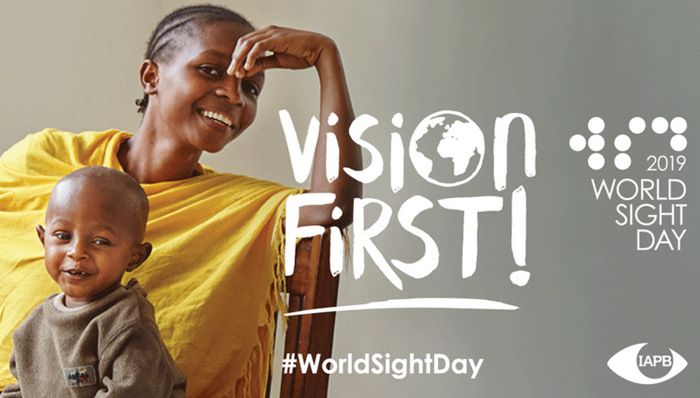

In conjunction with WORLD SIGHT DAY 2019 in October, Ipoh Echo talks to Consultant Ophthalmologist Dr S.S. GILL on prevention of visual impairment.


Avoidable blindness is defined as blindness which could be either treated or prevented by known means.
Visual impairment is any kind of vision loss to the extent that even with conventional forms of correction or treatment, the person’s vision remains poor. Being visually impaired can be frightening, especially when it affects those who once had good vision.
Here are some facts:
- About 253 million people are visually impaired worldwide:
- 36 million are blind and
- 217 million have low vision (severe or moderate visual impairment)
- Preventable causes are as high as 80% of total global visual impairment burden.
- 89% of vision impaired people live in low and middle-income countries.
- 55% of moderate or severely vision impaired people are women
- An estimated 19 million children are visually impaired worldwide.
- Globally, uncorrected refractive errors are the main cause of visual impairment.
- Cataracts are still the leading cause of blindness.
- 1 billion people with near-vision impairment.


DIABETIC RETINOPATHY is another notorious cause that contributes to vision problems. If you have diabetes mellitus, make sure you are screened regularly for this eye complication – a condition where the tiny blood vessels in the retina (inside of the eye) are damaged due to diabetes. No blurring vision does not mean he or she has no diabetic eye problems. By the time blurring vision occurs, the eye condition is often serious.
GLAUCOMA is another blinding condition where an increase in eye pressure damages the optic nerve. Early detection by screening is crucial.
(World Sight Day IAPB picture, courtesy of International Agency for the Prevention of Blindness (IAPB), Registered Charity No: 1100559, Company Limited by Guarantee No: 4620869.)


